8 Times Fashion Designers Have Appropriated Black Hairstyles at Fashion Week
Fashion has a long history of pulling from and appropriating black culture. Whether it’s in campaigns or on runways, brands and designers have made many missteps over the years. One of the most common examples of this is with hair.
Time and time again, fashion designers have appropriated black hairstyles, often putting them on white models, without understanding the culture and history that is associated with them. Despite the numerous times brands have been called out for doing so — and the plethora of information available about how using these traditional black hairstyles on white models is appropriation, and why it matters so much — the issue still arises today. Most recently at Comme des Garçons’ men’s Paris Fashion Week show, where models wore cornrow wigs.
After the backlash in these situations, designers often apologize, but in the year 2020 these situations shouldn’t occur in the first place. Now with fashion month in full swing, one major brand has already shown its lack of understanding on the topic, though hopefully others will not follow suit.
As a reminder to not repeat these same mistakes, here are eight times designers have appropriated black hairstyles during fashion shows.
Comme des Garçons, January 2020
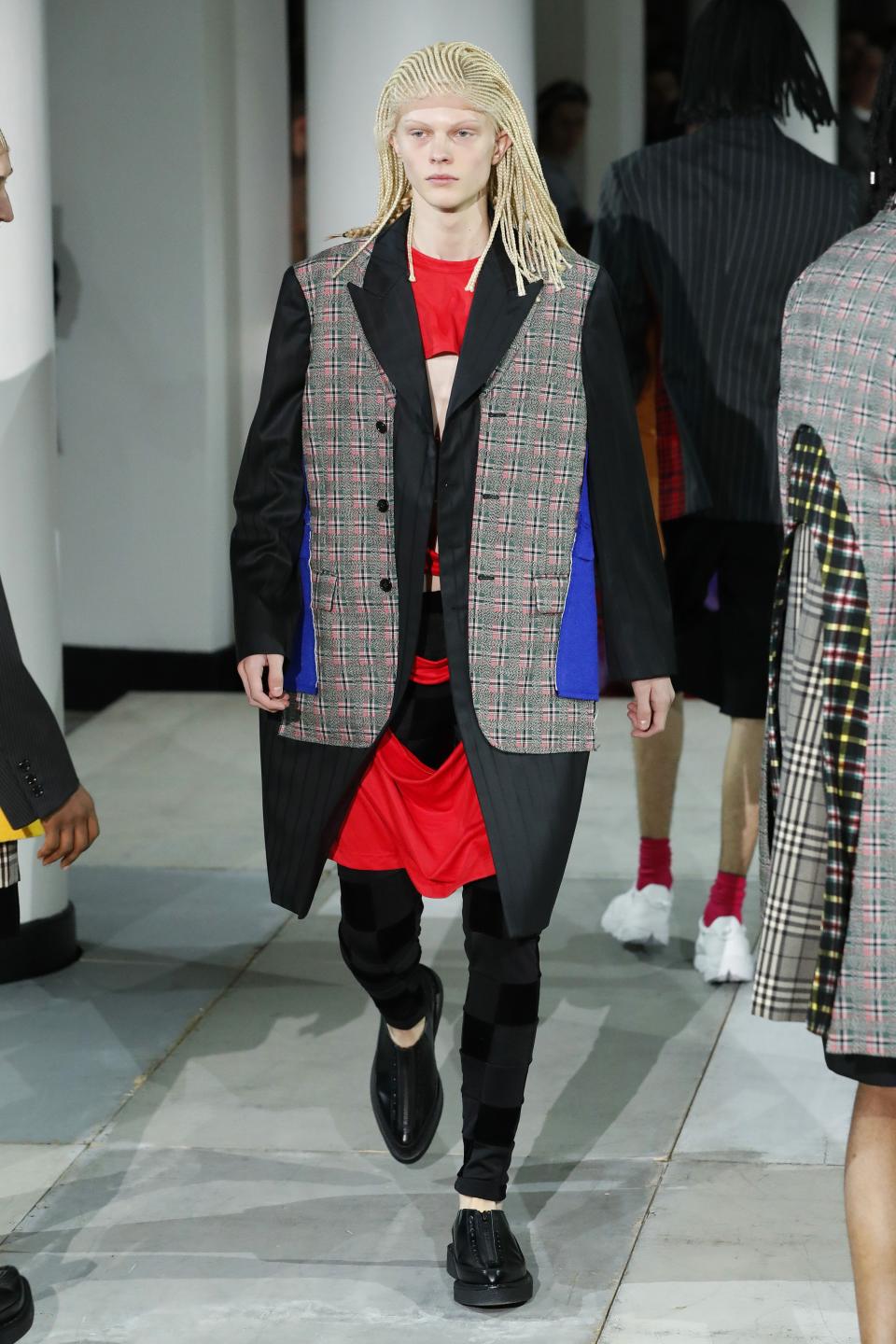
Comme Des Garcons Homme Plus : Runway - Paris Fashion Week - Menswear F/W 2020-2021
Last week, Japanese fashion label Comme des Garçons sparked outraged at Paris Fashion Week when the brand sent white models down the runway wearing cornrow lace front wigs. After loads of backlash online, the brand [issued an apology to Dazed, stating, “The inspiration for the headpieces for Comme des Garçons menswear FW’20 show was the look of an Egyptian prince. It was never ever our intention to disrespect or hurt anyone – we deeply and sincerely apologise for any offense it has caused.”
Many online have called the situation a publicity stunt, saying it’s impossible, in 2020, that a brand could be unaware of the backlash that ensues when a decision like this is made.
Goncalo Peixoto, Modalisboa Insight, March 2019
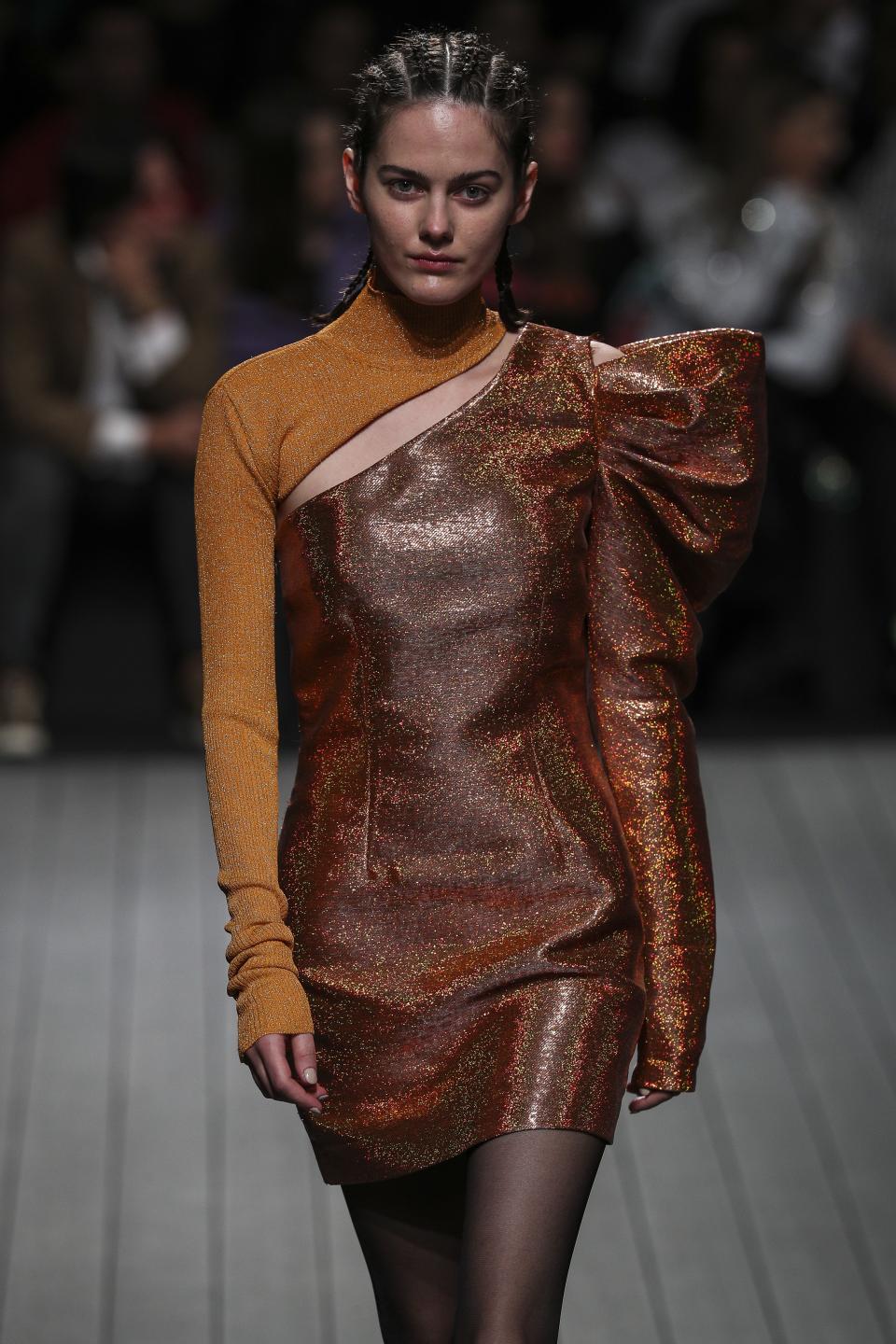
Day 4 - Catwalks - Modalisboa Insight - Lisbon Fashion Week FW 19/20
At Lisbon Fashion Week last March, Goncalo Peixoto’s eclectic collection featured white models wearing cornrows, despite clear indication from the fashion community over the years that appropriation like this is not okay. Yet it still happened. Because Lisbon Fashion Week is one of the smaller showing spaces, it flew under the radar of many.
Mikhael Kale, February 2019
Though Toronto Fashion Week doesn’t often make headlines, that changed in February of last year, when Mikhael Kale’s collection caused quite the controversy. Kale sent every model down the runway — only one Black model was featured — with their hair in cornrows. “At this point, when it seems like someone in the fashion industry gets called out every fashion week for doing something appropriative,” wrote Kathleen Newman-Bremang of Refinery29, who attended the show, “you would think Kale would know better too.”
Marc Jacobs, September 2016
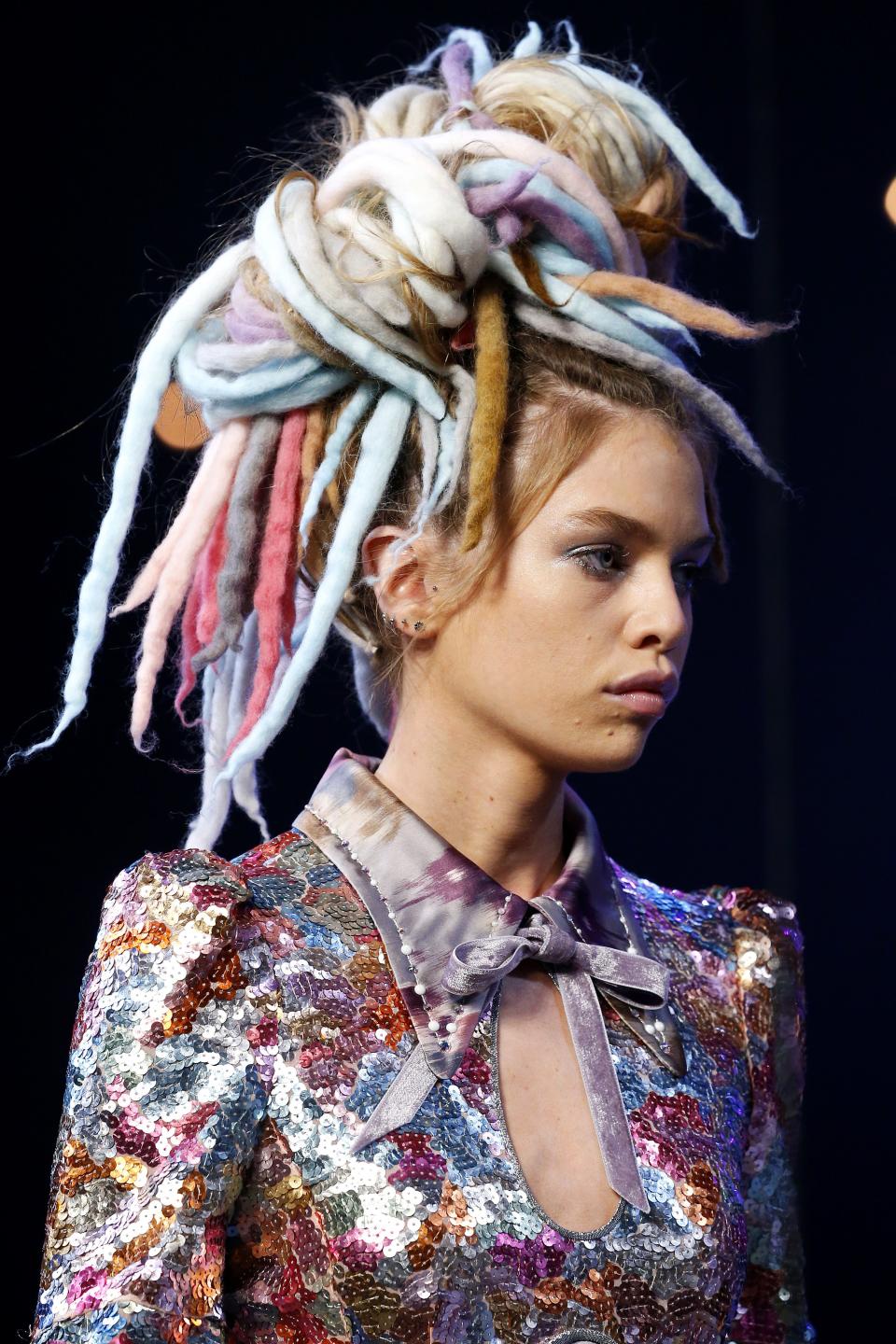
Marc Jacobs - Details - September 2016 New York Fashion Week
Marc Jacobs’ spring 2017 runway show sparked backlash online when his models were sent out wearing rainbow dreadlocks. Jacobs responded to the backlash numerous times during the following year. Despite the example of many other designers, Jacobs said in an interview with Instyle, “What I learned from that whole thing, what caused me to pause after it died down a little bit, was that maybe I just don’t have the language for this, or maybe I’ve been insensitive because I operate so inside my little bubble of fashion.”
According to Refinery29, however, it didn’t end there. A month later, Jacobs took to Instagram to call out those upset about this act of appropriation, writing in a since deleted post, “and all who cry ‘cultural appropriation’ or whatever nonsense about any race or skin color...funny how you don’t criticise women of color for straightening their hair.”
He then deleted the post and eventually posted another picture apologizing, writing, “Of course I do 'see' color but I DO NOT discriminate. THAT IS A FACT!”
Last year he told Teen Vogue, “I learned a lot from that. I was very hurt after that spring collection, and I was very angry and very tired and I struck back in a way that was totally inappropriate that I felt very bad about...And where my insensitivity I feel laid was that I reacted and I responded instead of listening.”
Valentino, October 2015
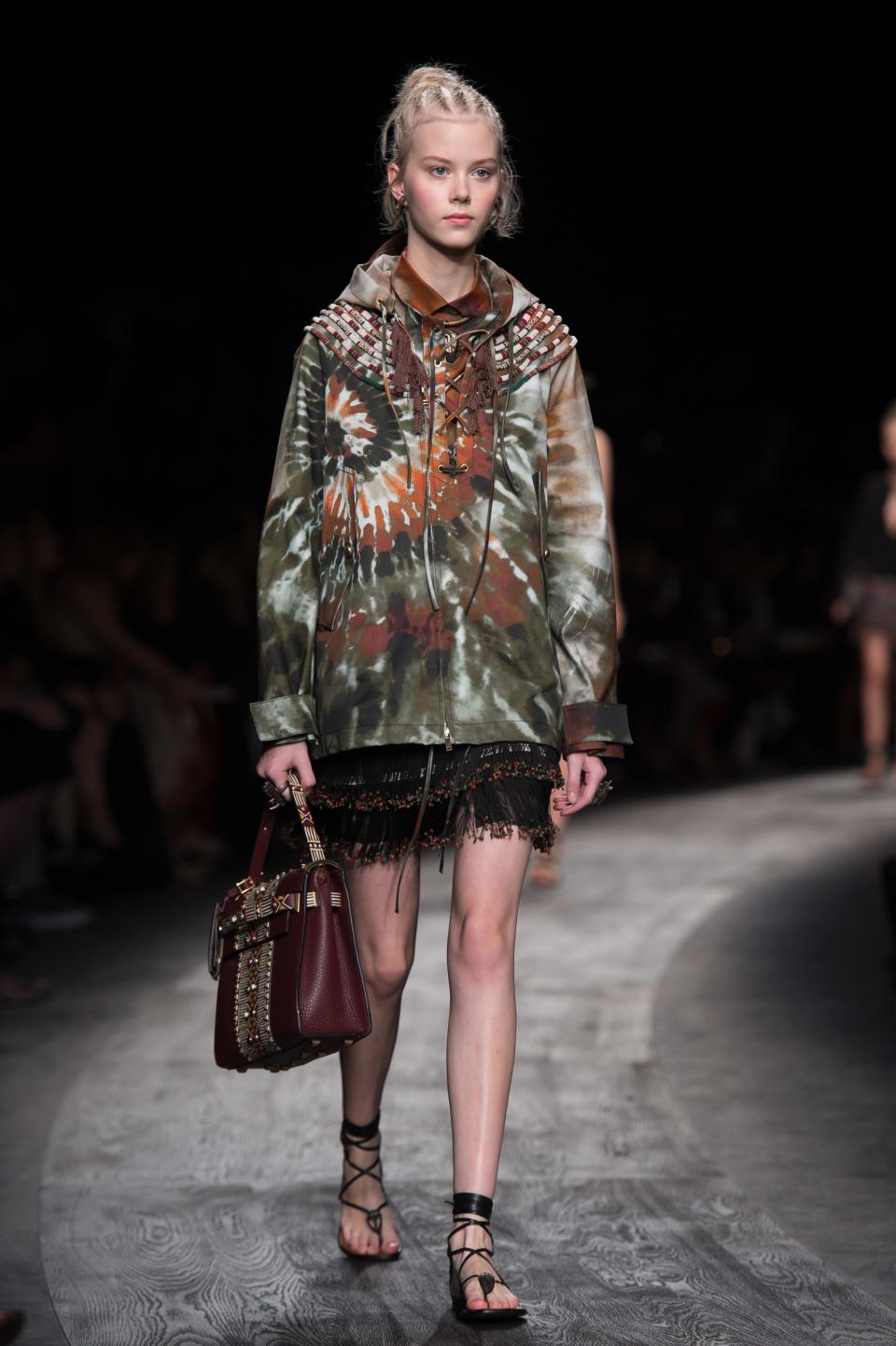
France - Valentino - Paris Fashion Week Womenswear Spring/Summer 2016
Stephane Cardinale - CorbisValentino’s Africa-inspired collection, shown at fashion week in October 2015, confused many with some of the brand's choices, including sending white models down the runway in cornrows. It was baffling that the brand could host a show inspired by the art and culture of Africa and cast an almost entirely white group of models. Many took issue with the fact that the collection was described using the words “primitive” and “wild,” and backlash ensued online. “Out of 91 models, only 8 were black. Wtf kind of logic,” tweeted one user.
The brand, thankfully, has since corrected its way and honored diversity in its designs. Designer Pierpaolo Piccioli of Valentino told Business of Fashion in October that, “My job is to bring my inclusive vision of beauty. I think if a message is aesthetic, it’s stronger. The picture of those black girls wearing those dream gowns didn’t need words. Streetwear is something different, but when people see black girls in couture, the highest point of fashion, the job is done.”
The brand has particularly been praised for its work with Sudanese refugee model Adut Akech, who has helped forward Valentino’s diversity mission.
Junya Watanabe, June 2015
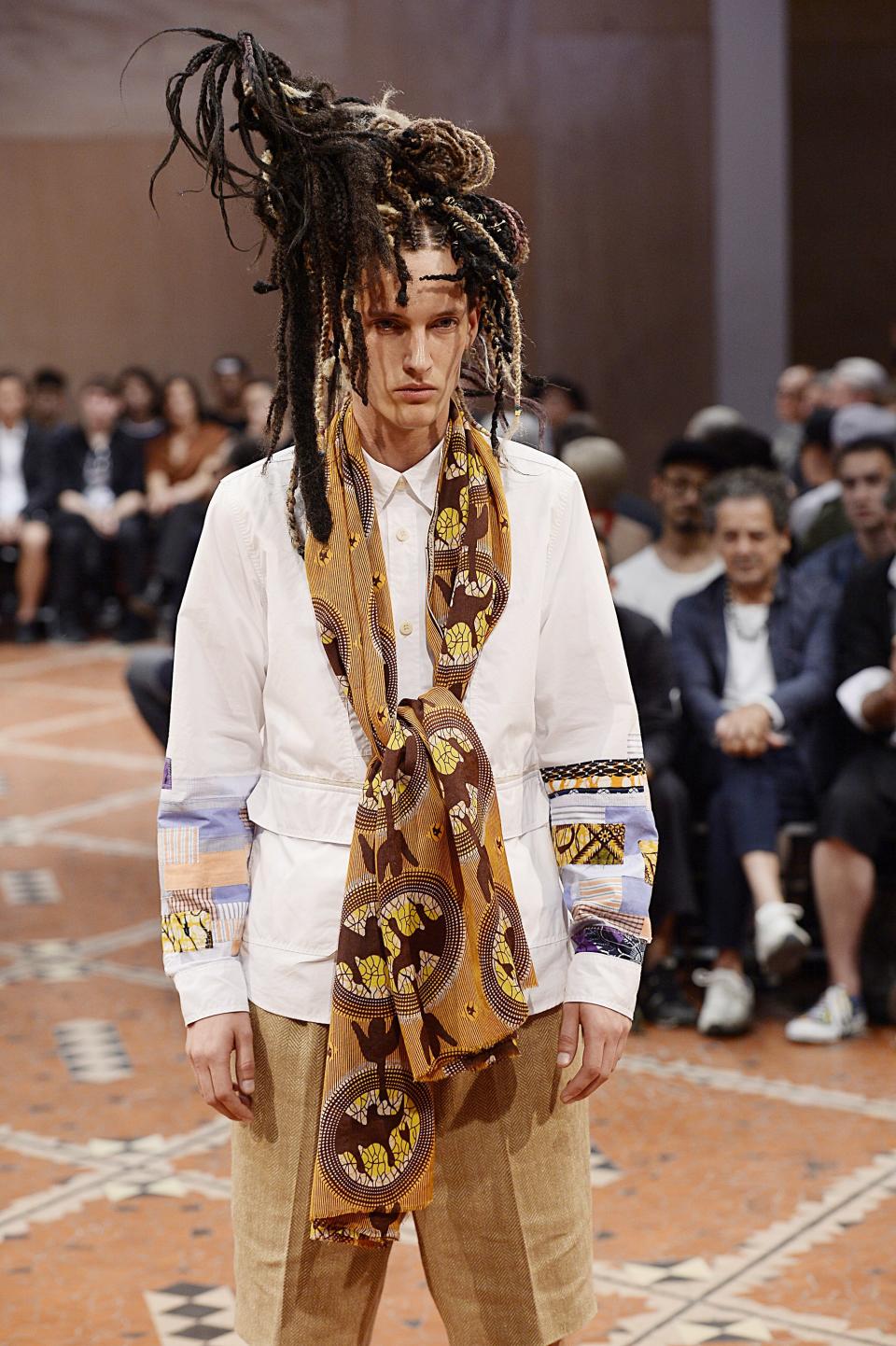
Junya Watanabe Man - Mens Spring 2016 Runway - Paris Menswear Fashion Week
At Paris Fashion Week, June 2015, Junya Watanabe truly missed the mark with its collection, sending white models down the runway wearing dreadlocks, cornrows, African textiles, bone necklaces, and more. The show was not only a clear example of appropriation, but was incredibly offensive to many.
"At issue is the impact of yet another set of images implying that Africa's cultural products are equally up for grabs in the endgame of making non-African people more beautiful, interesting, desirable,” wrote Leann Duggan of Refinery29. “That idea will always be offensive to some. To others, anything that threatens white ownership of the culture of people of color is the offensive thing — a 'negativity' to be avoided at all costs."
Duggan pointed out in her piece that many major fashion critics did not see fault in the collection, labeling it with words like “exotic.” While many were starting to call out cultural appropriation in fashion, many were clearly unaware of what the term even meant.
Alexander McQueen, March 2014
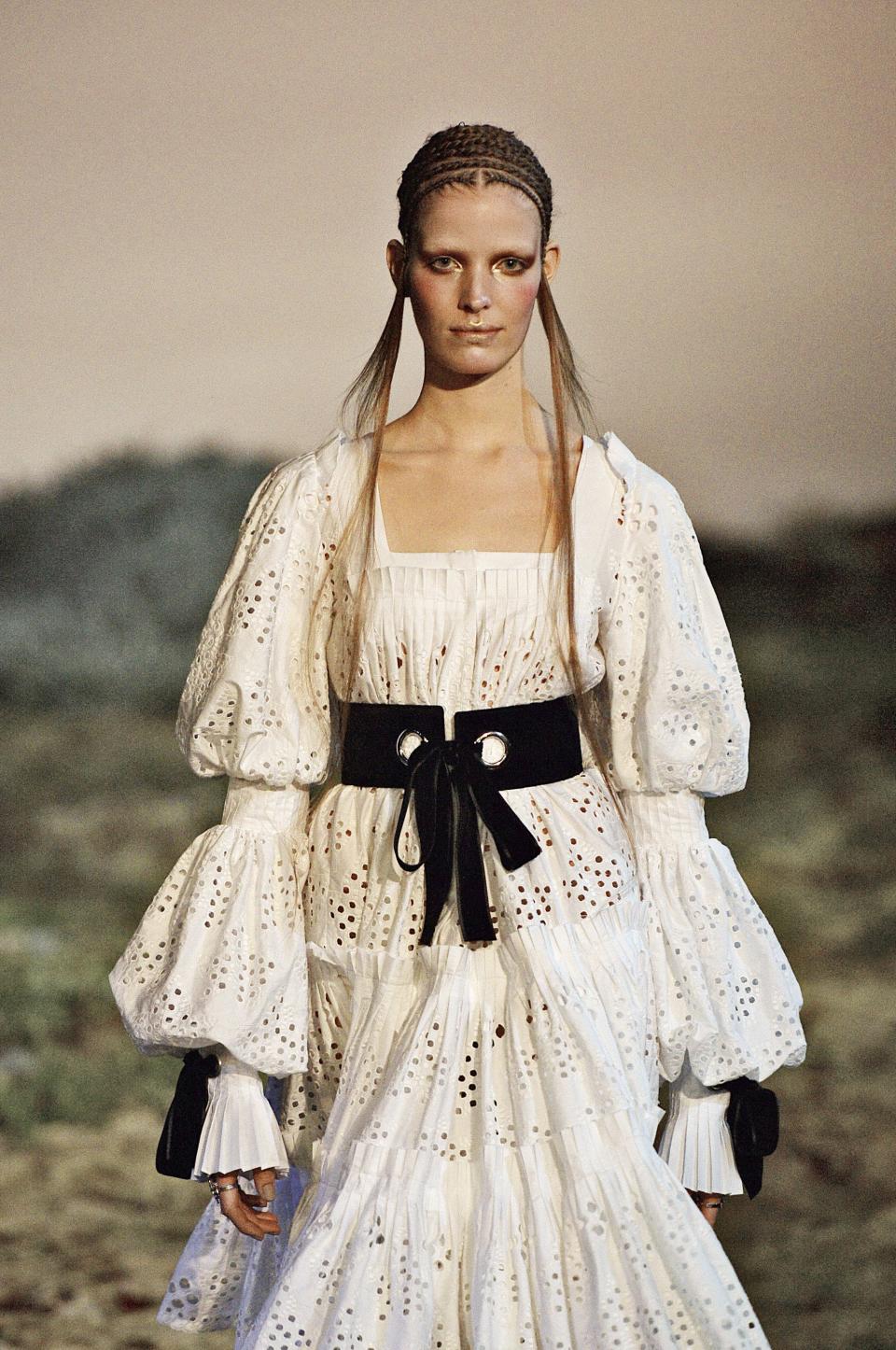
Alexander McQueen - Runway RTW - Fall 2014 - Paris Fashion Week
For its fall 2014 ready-to-wear collection, the brand paired stunning coats and luxurious dresses with circle braids on mostly white models. In 2014 many designers were not held accountable for these types of actions, but it certainly caused confusion and conversation within the industry about what should be allowed or not. In an article for Complex later that year, writer Shante Cosme questioned whether it was okay for white models to wear cornrows or not, writing, “Rooted in black identity, they have deep cultural significance. So, when white people ‘try on’ and popularize a style that originated in Africa, they're essentially adopting a part of black culture.”
Marchesa, March 2014
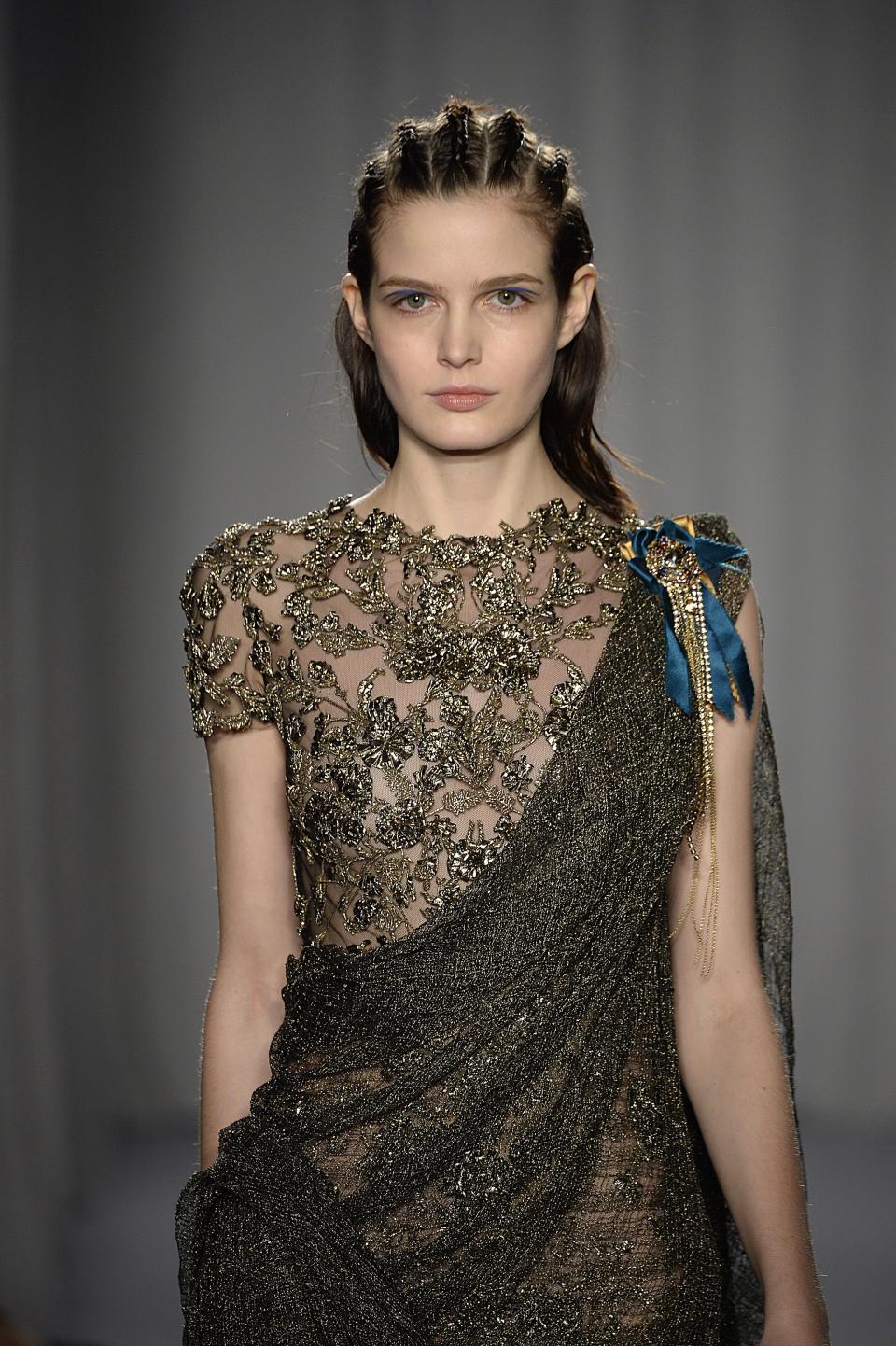
Marchesa - Runway RTW - Fall 2014 - New York Fashion Week
That same season, Marchesa did something similar, showing multiple models, though not all, with cornrows on the runway; in fact, multiple white models were styled in cornrows, but the Black model in the show was not.
“Marchesa and these cornrows tho... *rolls eyes*,” tweeted one user wrote after seeing the collection. Another user tweeted, “imitation is not always the highest form of flattery. Cornrows were in the Marchesa show but let you go in Saks with em in.”
That multiple designers did this during one season has certainly contributed to why the conversation about cornrows became so prevalent then.
Originally Appeared on Teen Vogue

